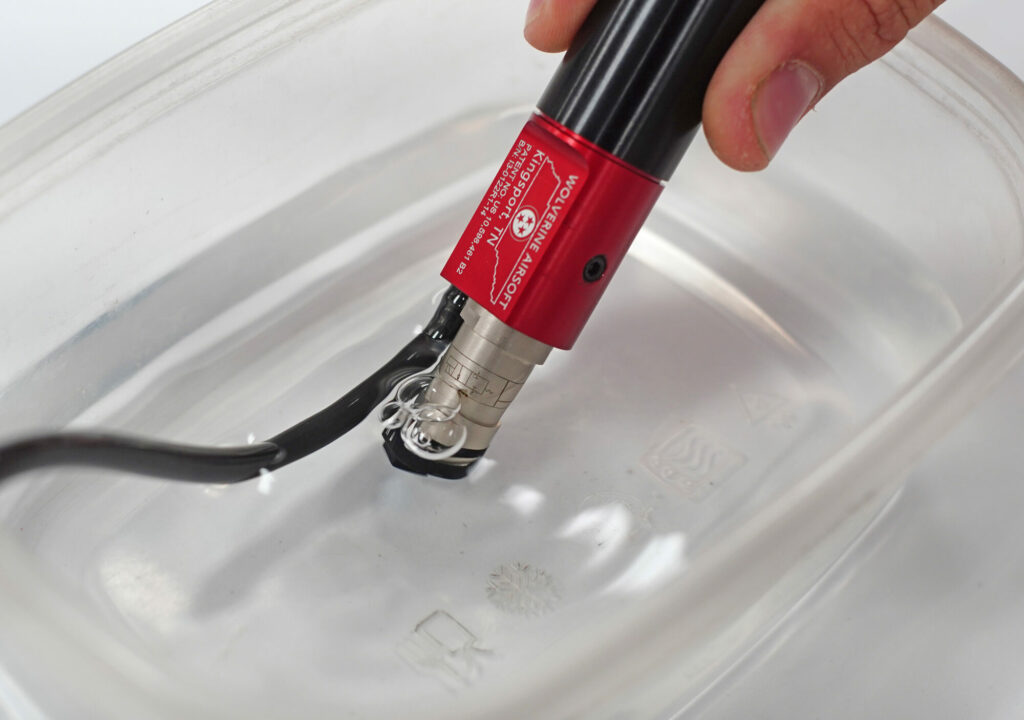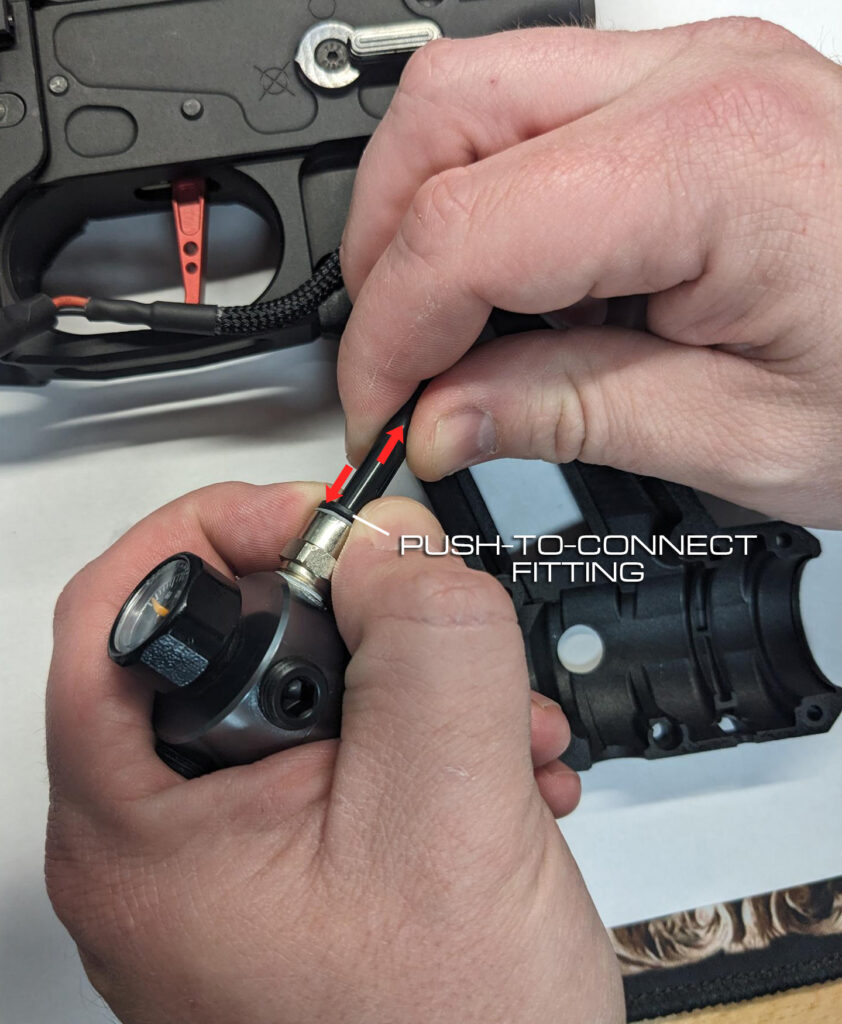Tag: maintenance
Owner’s Manual for QUAKE MTW
Owner’s Manual for INFERNO XTS
HPA Tank Lubrication
INFERNO Gen 1 Maintenance Guide
Troubleshooting Solenoid Leaks

If your INFERNO, REAPER or BOLT HPA engine has low joules and/or inconsistent firing issues, it may be caused by a slow leak from the solenoid.
To test this, disconnect your battery, pressurize your engine and place the endcap of the solenoid in water. Bubbles coming from the endcap indicate an air leak. If your solenoid is leaking, we do not recommend attempting to repair it yourself. Please create a support ticket titled “Solenoid Leak” and attach a photo or video of the leak.
Be sure to dry your solenoid thoroughly after this test.
Gen-12 MTW Shotgun Complete Disassembly Guide
Magazine Maintenance
PTS EPM1 Magazine Maintenance Tutorial by PTS
ASG Scorpion EVO Magazine Maintenance Tutorial by AirsoftCamMan.
MTW Compatibility Guide
The MTW is designed to be a modular platform with highly interchangeable parts within the MTW-Spec family, with real steel firearms, and with AEGs when possible. The chart below can help you answer compatibility questions among different components and MTW series.
Viewing on mobile? Turn your phone sideways!
| Feature | MTW-M4 (Billet, Forged) | MTW-9 | MTW-308 | MTW-Shotgun | Article Series |
|---|---|---|---|---|---|
| Barrel (Inner) | AEG | AEG | AEG | AEG | AEG |
| Barrel (Outer) | MTW | MTW | MTW | MTW Gen-12 | MTW |
| Body Pins | Real Steel M4 | Real Steel M4 | Real Steel 308 | Real Steel 308 | Real Steel M4 |
| Bolt Catch | MTW | MTW | MTW | MTW | MTW |
| Bucking | AEG | AEG | AEG | MTW Gen-12 | AEG |
| Buffer Tube | Real Steel | Real Steel | Real Steel | Real Steel | Real Steel |
| Charging Handle | Real Steel with modification | Real Steel with modification | Real Steel with modification | MTW Gen-12 | N/A |
| Contact Yoke | MTW | MTW | MTW | MTW | MTW |
| Electronics | MTW | MTW | MTW | MTW | MTW |
| Engines | INFERNO/REAPER | INFERNO/REAPER | INFERNO | HAVOC | INFERNO/REAPER |
| Feed Tube1 | MTW M4 | MTW-9 | MTW-308 | MTW M4 | MTW M4 |
| Flash Hider | 14mm CCW | 14mm CCW | 14mm CCW | MTW Gen-12 | 14mm CCW |
| Grips2 | Real Steel | Real Steel | Real Steel | Real Steel | Real Steel |
| Hop up | MTW | MTW | MTW | MTW Gen-12 | MTW |
| Magazines | MTW/AEG (M4) | ASG EVO | MTW/AEG (SR25/308) | MTW/AEG (SR25/308) | MTW/AEG (M4) |
| Rails3 | AEG | AEG | AEG | MTW Gen-12 | AEG |
| Receiver (Lower) | MTW M4 | MTW-9 | MTW-308 | MTW-308 | MTW M4 |
| Receiver (Upper) | MTW-M4 | MTW-M4 | MTW-308 | MTW Gen-12 | MTW-M4 |
| Selector Switch | MTW | MTW | MTW | MTW | MTW |
| Springs, Pins and Detents | Real Steel M4 | Real Steel M4 | Real Steel M4 | Real Steel M4 | Real Steel M4 |
| Triggers | MTW | MTW | MTW | MTW | MTW |
| WRAITH Stocks | MTW | MTW | MTW | MTW | MTW |
- Three generations of feed tube exist. For more details, see this article. ↩︎
- If storing battery in or running air line through grip, modification is needed. See video. ↩︎
- MTW barrel nut only compatible with MTW rails. Most AEG rails and Real Steel barrel nuts are compatible. ↩︎
Tank Grip: Disassembling a gun with an installed Tank Grip
Disassembling an MTW or Article of Heresy with an installed Tank Grip requires disconnecting the airline from the STORM Category 5 regulator first.
First, disassemble the Tank Grip by removing the 8 screws with a 2mm hex key.
Once you can access the regulator, press and hold down on the push-to-connect fitting while pulling upwards on the airline. Then continue to separate the upper and lower receiver as normal.
When closing the receiver set, press and hold down on the push-to-connect fitting and insert the airline into the connector until it stops.

